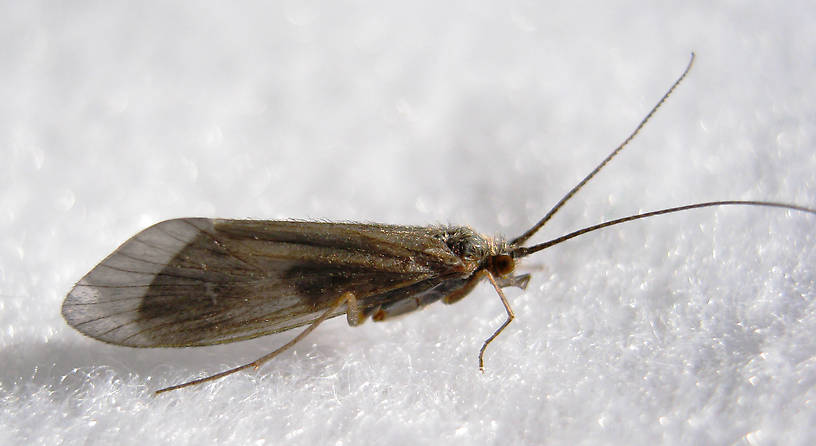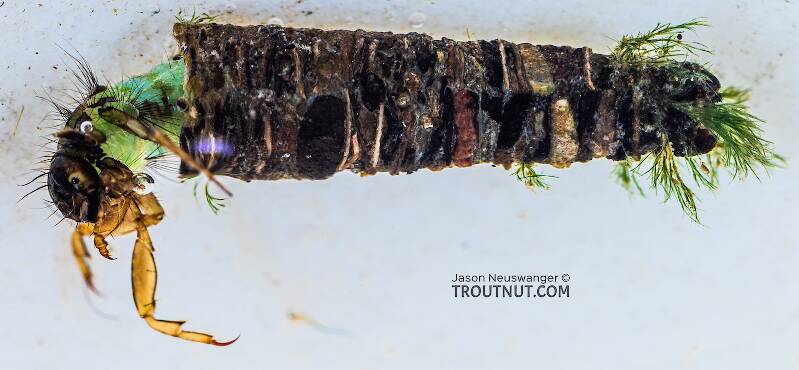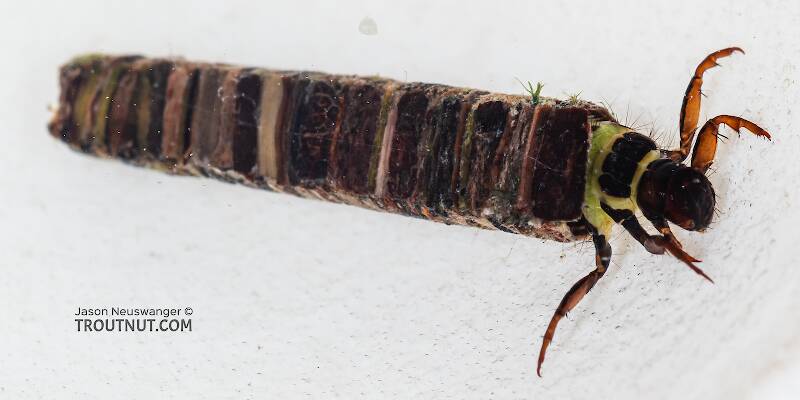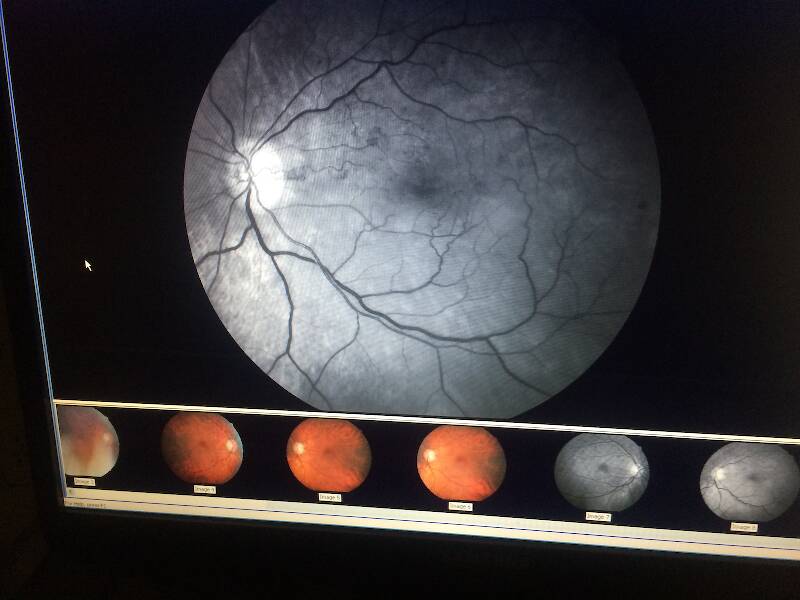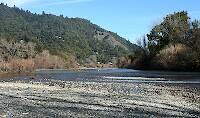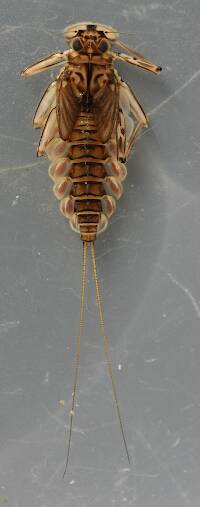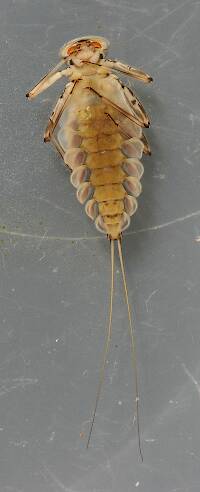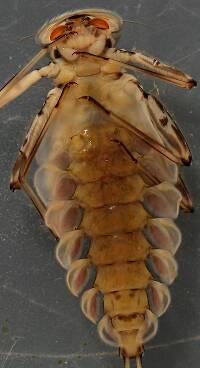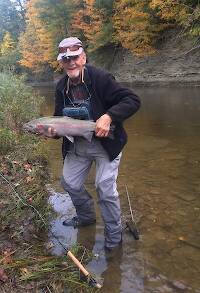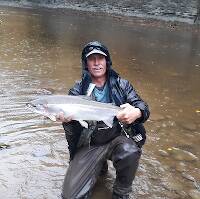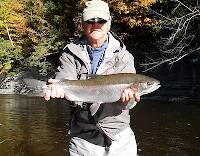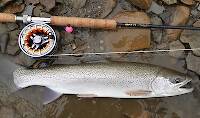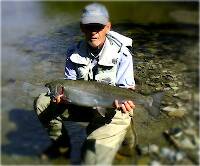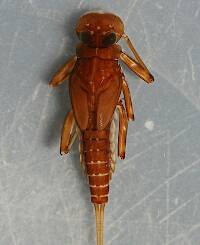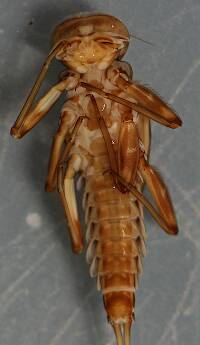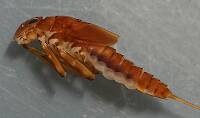
Salmonflies
Pteronarcys californica
The giant Salmonflies of the Western mountains are legendary for their proclivity to elicit consistent dry-fly action and ferocious strikes.
Featured on the forum

Troutnut is a project started in 2003 by salmonid ecologist Jason "Troutnut" Neuswanger to help anglers and
fly tyers unabashedly embrace the entomological side of the sport. Learn more about Troutnut or
support the project for an enhanced experience here.
This topic is about the Caddisfly Species Brachycentrus americanus
Example specimens
Troutguide on Oct 29, 2016October 29th, 2016, 5:57 pm EDT
I believe this is the species found in sometimes very large numbers on the Lower Sacramento River in the Redding area. Ten years ago it was present in such large numbers that fishing a fly on the bottom resulted in frequently hooking one of these caddis still in its case. Along with other aquatic insects their numbers have declined to a fraction of once seen. I don't believe the egg Sac dropped by the females to be olive , instread I have seen it to be a bright green. The females seem to oviposit close to the edge of flowing water and not midstream.
Quick Reply
Related Discussions
Topic
Replies
Last Reply
18
Jul 31, 2011
by Entoman
by Entoman
5
Dec 4, 2008
by Beardius
by Beardius
15
Jul 9, 2009
by Martinlf
by Martinlf



